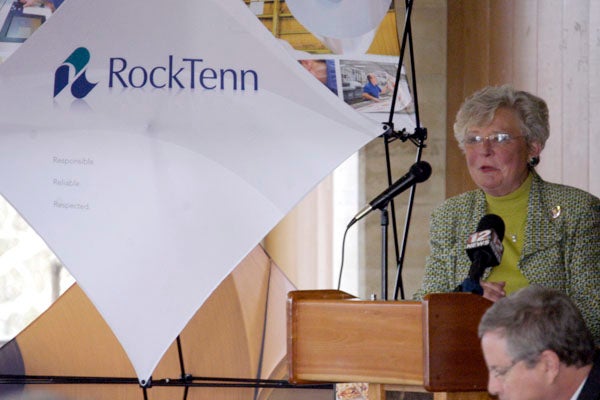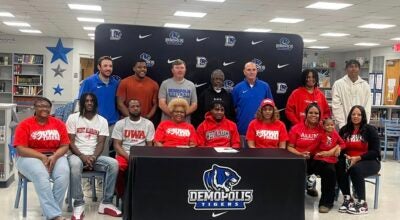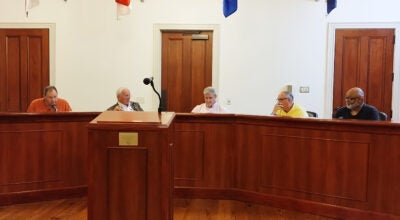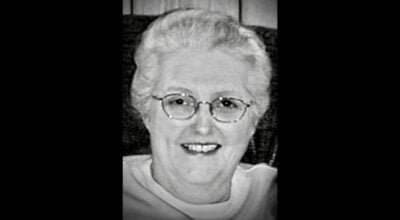Lt. Gov. visits Demopolis
Published 8:57 pm Tuesday, February 28, 2012
Lt. Gov. Kay Ivey made a stop in Demopolis Monday to discuss job opportunities available through the forestry industry.
Marengo County is quite familiar with the impact forestry can have on a community. The event was sponsored by RockTenn, the county’s largest employer and a forestry product business.
“Forestry is a very stable industry. The forestry and timber industry, yes it’s big in the state, but it’s stable,” Ivey said addressing the crowd of approximately 50 business and community leaders and educators. “Those jobs stay here. They’re not transient. It’s a chance to come back home, raise your family and have a real career in forestry.”
Ivey said one in 10 workers in Alabama come from the forestry industry and that the business accounts for 10 percent of the gross domestic product.
In partnership with the Black Belt Initiative that encourages young people to seek jobs in the forestry industry, Ivey said bringing a positive message of forestry to students early, is key to creating a legacy within the state.
“The purpose of the Black Belt Initiative is to show them – I’m talking about sixth grade – the merit of staying home and keeping a career here in the timber industry,” Ivey said. “Let’s show the young people that if they do well in math and science and go to a two-year college with a technical degree or a four-year degree with engineering, they can do it.”
Ivey further lauded Demopolis High School’s dual enrollment program which is, at least in part, supported by RockTenn.
“There is already a strong partnership right here,” she said. “Very strong.”
Foundation representative Tom Saunders said it’s all about getting others to think in a new way about forestry and see the benefits.
“The negative images aren’t fair to our industry,” Saunders said. “We want to create in this industry an importance in our young people’s lives. Timber touches your lives and we believe it’s an asset.”
Goals of the initiative, Saunders said, included bringing more public awareness about forestry through advertisements and increasing community and school involvement.






